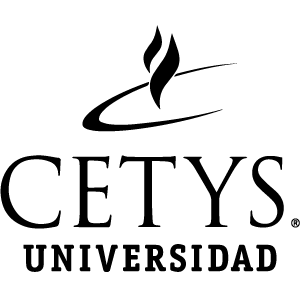https://repositorio.cetys.mx/handle/60000/1338| Campo DC | Valor | Lengua/Idioma |
|---|---|---|
| dc.contributor.author | Wöbbeking-Sánchez, Marina | - |
| dc.contributor.author | Sánchez Cabaco, Antonio | - |
| dc.contributor.author | Bonete López, Beatriz | - |
| dc.contributor.author | Urchaga Litago, José David | - |
| dc.contributor.author | Joaquim Loureiro, Manuel | - |
| dc.contributor.author | Mejía Ramírez, Manuel Alejandro | - |
| dc.date.accessioned | 2021-11-05T16:46:18Z | - |
| dc.date.available | 2021-11-05T16:46:18Z | - |
| dc.date.created | 2020-12 | - |
| dc.date.issued | 2021-06 | - |
| dc.identifier.uri | https://repositorio.cetys.mx/handle/60000/1338 | - |
| dc.description.abstract | Objective: The specialised literature indicates that the two key aspects in active ageing are performing physical activity and life satisfaction. Regarding physical activity, this not only improves physical aspects of senior citizens, but also has a positive impact on mental well-being and satisfaction with one’s own life. The aim is to demonstrate the relationship between these two variables to explain healthy ageing. Method: In a sample of 300 senior citizen subjects, the influence of various sociodemographic variables (age, sex, institutionalisation, and level of education) on the performance of physical activity and life satisfaction, is analysed. The research design is a non-experimental study with two unique cross-sectional and correlational measurement groups. Results: An analysis of the results indicates that people with a higher level of education present differences in physical and motivational reserves. Furthermore, age and institutionalisation have an impact on physical reserves. Analysis using structural equation models allows key relationships between the variables analysed to be predicted, which can guide the implementation of active ageing. Conclusion: Motivational reserves affect healthy cognitive ageing through their positive impact on cognitive and physical reserves. Keywords: ageing, physical activity, life satisfaction, senior citizens, healthy ageing. RESUMEN Objetivo: La literatura especializada indica que los dos aspectos clave en el envejecimiento activo son la realización de actividad física y la satisfacción con la vida. En cuanto a la actividad física, esta no solo mejora los aspectos físicos de las personas mayores, sino que también repercute positivamente en el bienestar mental y la satisfacción con la propia vida. El objetivo es demostrar la relación entre estas dos variables para explicar el envejecimiento saludable. Método: En una muestra de 300 sujetos mayores, se analiza la influencia de diversas variables sociodemográficas (edad, sexo, institucionalización y nivel de estudios) sobre la realización de actividad física y la satisfacción con la vida. El diseño de investigación es un estudio no experimental con dos únicos grupos de medición transversales y correlacionales. Resultados: El análisis de los resultados indica que las personas con mayor nivel educativo presentan diferencias en las reservas físicas y motivacionales. Además, la edad y la institucionalización tienen un impacto en las reservas físicas. El análisis mediante modelos de ecuaciones estructurales permite predecir relaciones clave entre las variables analizadas, que pueden guiar la implementación del envejecimiento activo. Conclusión: Las reservas motivacionales afectan el envejecimiento cognitivo saludable a través de su impacto positivo en las reservas cognitivas y físicas. Palabras clave: envejecimiento, actividad física, satisfacción con la vida, adultos mayores, envejecimiento saludable. | es_ES |
| dc.language.iso | en_US | es_ES |
| dc.relation.ispartofseries | vol.12; | - |
| dc.rights | Atribución-NoComercial-CompartirIgual 2.5 México | * |
| dc.rights.uri | http://creativecommons.org/licenses/by-nc-sa/2.5/mx/ | * |
| dc.subject | Aging | es_ES |
| dc.subject | Physical activity | es_ES |
| dc.subject | Life satisfaction | es_ES |
| dc.subject | Senior citizens | es_ES |
| dc.subject | Healthy ageing | es_ES |
| dc.title | Physical activity and life satisfaction: an empirical study in a population of senior citizens | es_ES |
| dc.title.alternative | Frontiers in psychology-movement Science and Sport Psychology | es_ES |
| dc.type | Article | es_ES |
| dc.description.url | https://www.frontiersin.org/articles/10.3389/fpsyg.2021.636914/full#h6 | es_ES |
| dc.identifier.doi | https://doi.org/10.3389/fpsyg.2021.636914 | - |
| dc.identifier.indexacion | Otros | es_ES |
| dc.subject.sede | Campus Tijuana | es_ES |
| Aparece en las colecciones: | Artículos de Revistas | |
| Fichero | Descripción | Tamaño | Formato | |
|---|---|---|---|---|
| fpsyg-12-636914.pdf | 702.58 kB | Adobe PDF |  Visualizar/Abrir |
Este ítem está protegido por copyright original |
Este ítem está sujeto a una licencia Creative Commons Licencia Creative Commons


